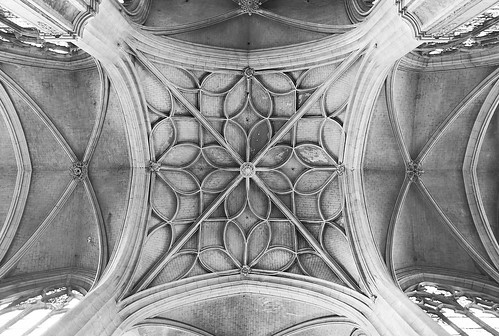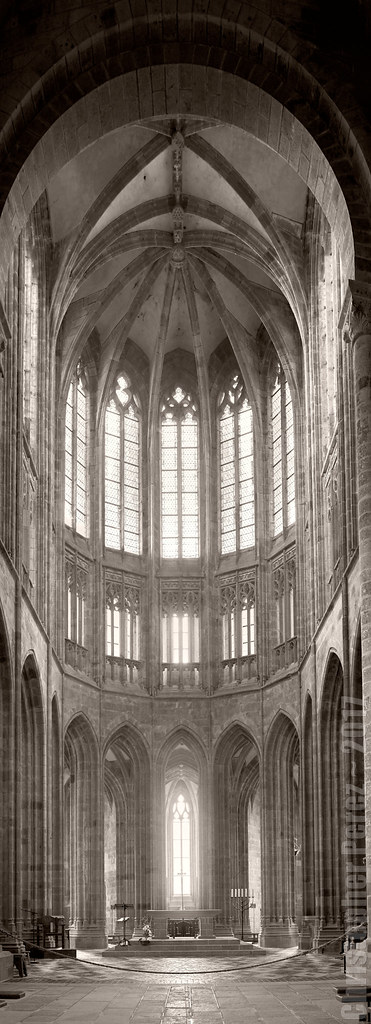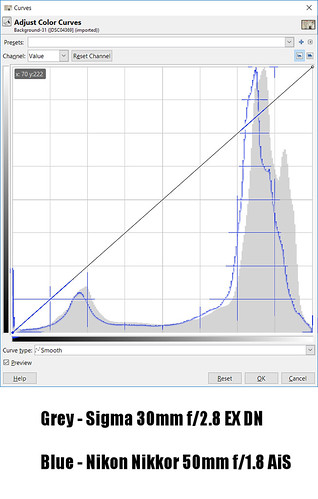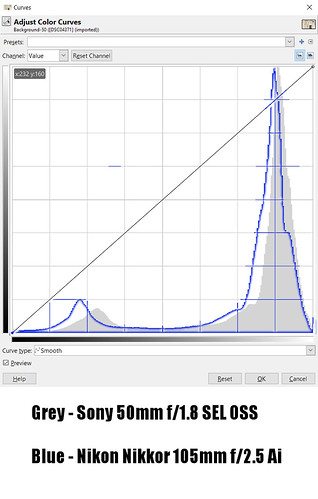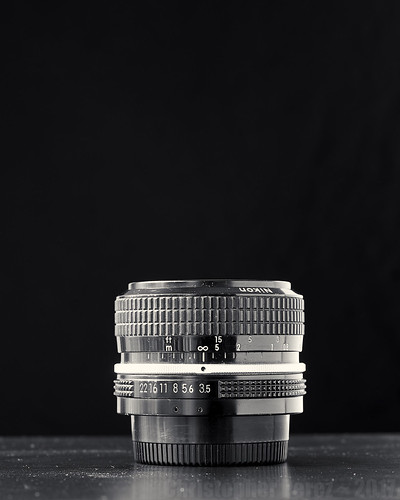
After the arrival of the 24mm Nikkor I re-realized that Photographic Tool Acquisition is a rather slippery slope.
I say re-realized because hundreds and hundreds of lenses and cameras have passed through my hands over the years. Hundreds, I tell you. It's either something to laugh about or to be suspicious of. What on earth have I done with all that glass? When I think of the beautiful pieces of gear I've owned, sometimes I nearly weep for not having kept them.
After picking up a few lenses for around 40Euros the Lens Acquisition Bug hit. Again. For the 'um-teenth time. It's a recurring illness. It's Madness.
This time the parameters of my buying and buying and buying is based on a simple principle: Find the very finest manual focus lenses I can for less than 50Euros.
Recently I've noticed that the bottom of the old lens market has started falling out. There are some brilliant things to be had for just a few shiny pieces of silver.
My current system is built around Sony APS-C mirrorless cameras. Manual focus lenses are fitted by way of either a Nikon to NEX straight-thru adapter or a Lens Turbo II focal reducer.
The focal reducer keeps the field of view that a lens would have on a full frame camera by reducing it to fit an APS-C sensor. In this way I can achieve the full frame 35mm imaging "look and feel" on the smaller sensor system. But as I've previously noted, not all lenses behave well in the corners when adapted using the Lens Turbo II. There are limits to this Madness.
Trolling eBay point fr one day I found a 28mm Nikon Nikkor f/3.5 Ai. It seemed to be in good condition, but folks weren't bidding much on it. As the clock ticked down I jumped in with a rather low bid. It stuck. Now I'm stuck (happily, it turns out) with a 50-ishEuro lens.
I never considered the 28mm f/3.5 as it's an old old design. It's so old that it is perhaps the first retrofocus design implemented by Nikon for the F-series SLRs. While Nikon is proud of its achievement, I wasn't sure if it would be sharp. The maximum aperture was rather slow, too. A few 'netizens have suggested the f/2.8 and f/2 versions are better.
For so little money it didn't seem like it was such a bad thing to see how it worked. If I didn't like it, I could flip it and not be out much (if anything) on the deal. Ah, the Glories of Rationalization.
Once in hand I took a fairly close look at it. This lens is wickedly sharp from wide open in the center. And the corners clean up nicely by f/8 or f/11 when used with the Lens Turbo II. It seems like it's every bit as good as a modern aspheric design lens of similar field of view that I own. This out of lens design that dates to the late 1950's.
I like the lens well enough that it's become the primary optic for a series of images I'm currently working on. Here's an example of what I'm doing with this sweet little optic.
